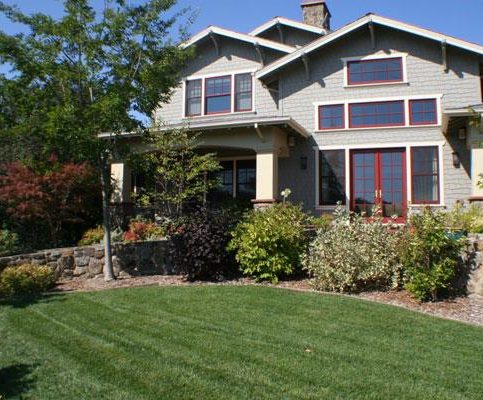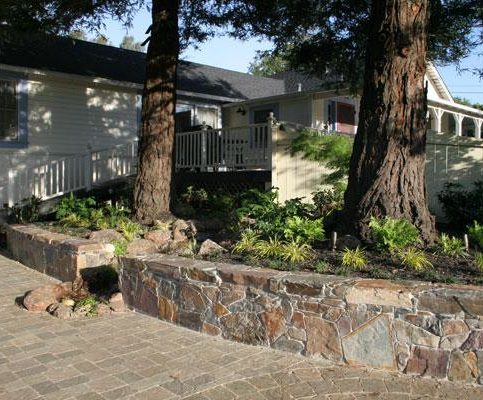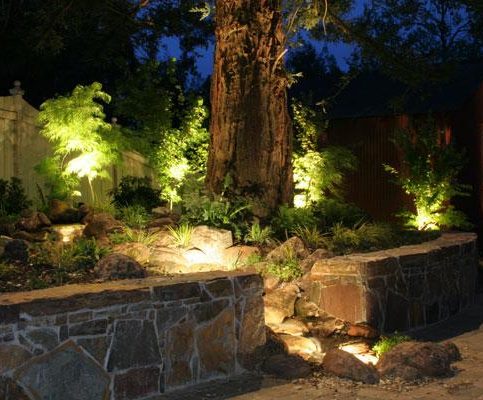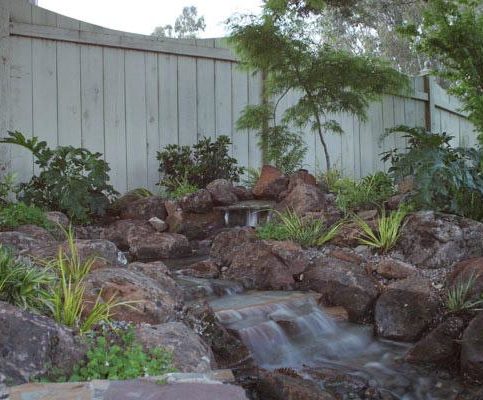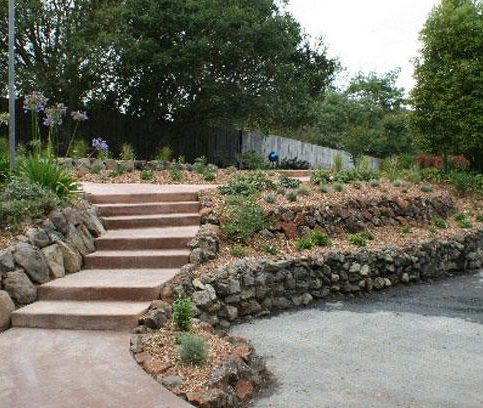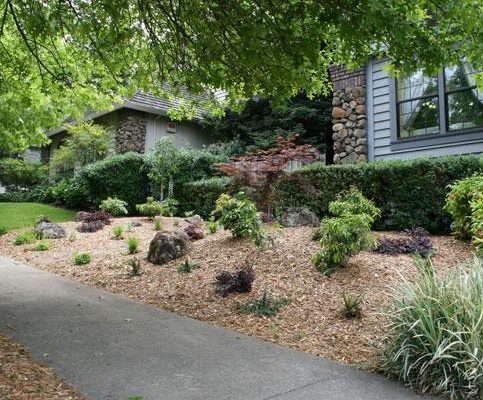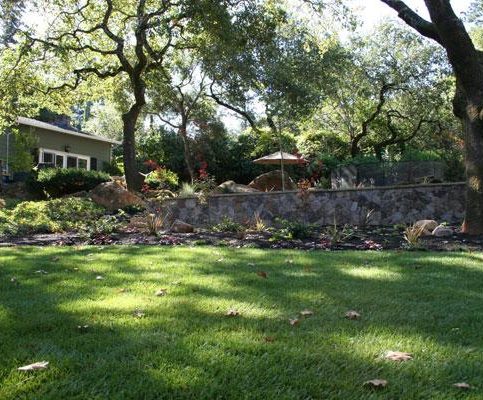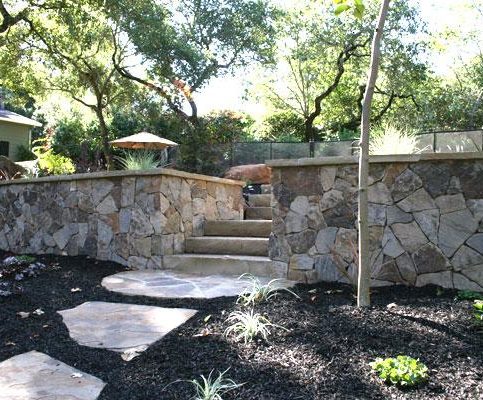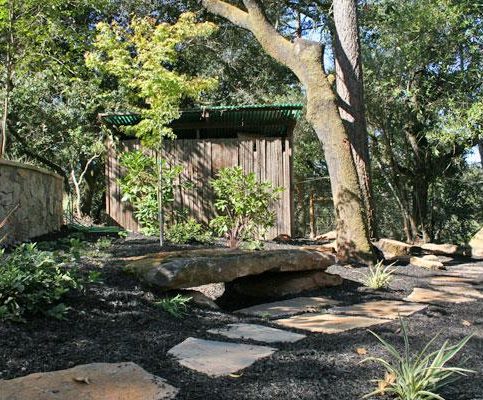Take simple steps to create a water-efficient landscape. Water-efficient landscaping techniques can be used by homeowners and businesses alike to enhance the value of their properties, reduce long-term maintenance costs and promote environmental responsibility. There are many schools of thought when it comes to the best water-efficient landscaping approach, but they’re all based on similar principles and can be used interchangeably. Consider the following tips:
Plants
Use drought tolerant and native plants. Once established, these plants require little water beyond normal rainfall. Also, because native plants are adapted to local soils and climate conditions, they rarely require additional fertilizer and are more resistant to pests and diseases.
Group plants according to their water needs. Putting plants in specific “hydrozones” reduces water use by allowing you to water to each zone’s specific needs. For example, turf areas and shrub areas should always be separated into different hydrozones.
Recognize site conditions and plant appropriately. Areas of the same site may vary significantly in soil type or exposure to sun and wind, as well as evaporation rates and moisture levels. Be mindful of a site’s exposure to the elements and choose plants that will thrive in the site’s conditions.
Minimize steep slopes.
Slopes can be challenging because of the potential for erosion and runoff. If slopes can’t be avoided in the landscape design, install plantings with deeper root zones (such as native ground covers and shrubs) to provide stabilization and prevent erosion.
Soil
Aerate your soil. Soil can become compacted during home construction or due to normal foot traffic. Aerating your soil can increase the infiltration of water into the ground, which improves water flow to plants’ root zones and reduces water runoff.
Use mulch around shrubs and garden plants. This will help reduce evaporation, inhibit weed growth, moderate soil temperature and prevent erosion. Types of mulches include bark chips, grass clippings, straw, leaves, stones and brick chips. Leave a few inches of space between trunks of woody plants and organic mulches to prevent rot.
Keep your soil healthy. Healthy soils effectively cycle nutrients, minimize runoff, retain water, and absorb excess nutrients, sediments and pollutants. Have your soil tested for nutrient content, pH, composition and organic matter content.
Maintenance
Raise your lawnmower cutting height. Longer grass promotes deeper root growth and a more drought-resistant lawn. Longer grass blades also help shade each other, which reduces evaporation and minimizes weed growth.
Perform regular upkeep. Replace mulch around shrubs and garden plants, and remove weeds and thatch as necessary.
Minimize or eliminate fertilizer. Fertilizer encourages thirsty new growth, which causes your landscape to require additional water.
Read moreRead Less






